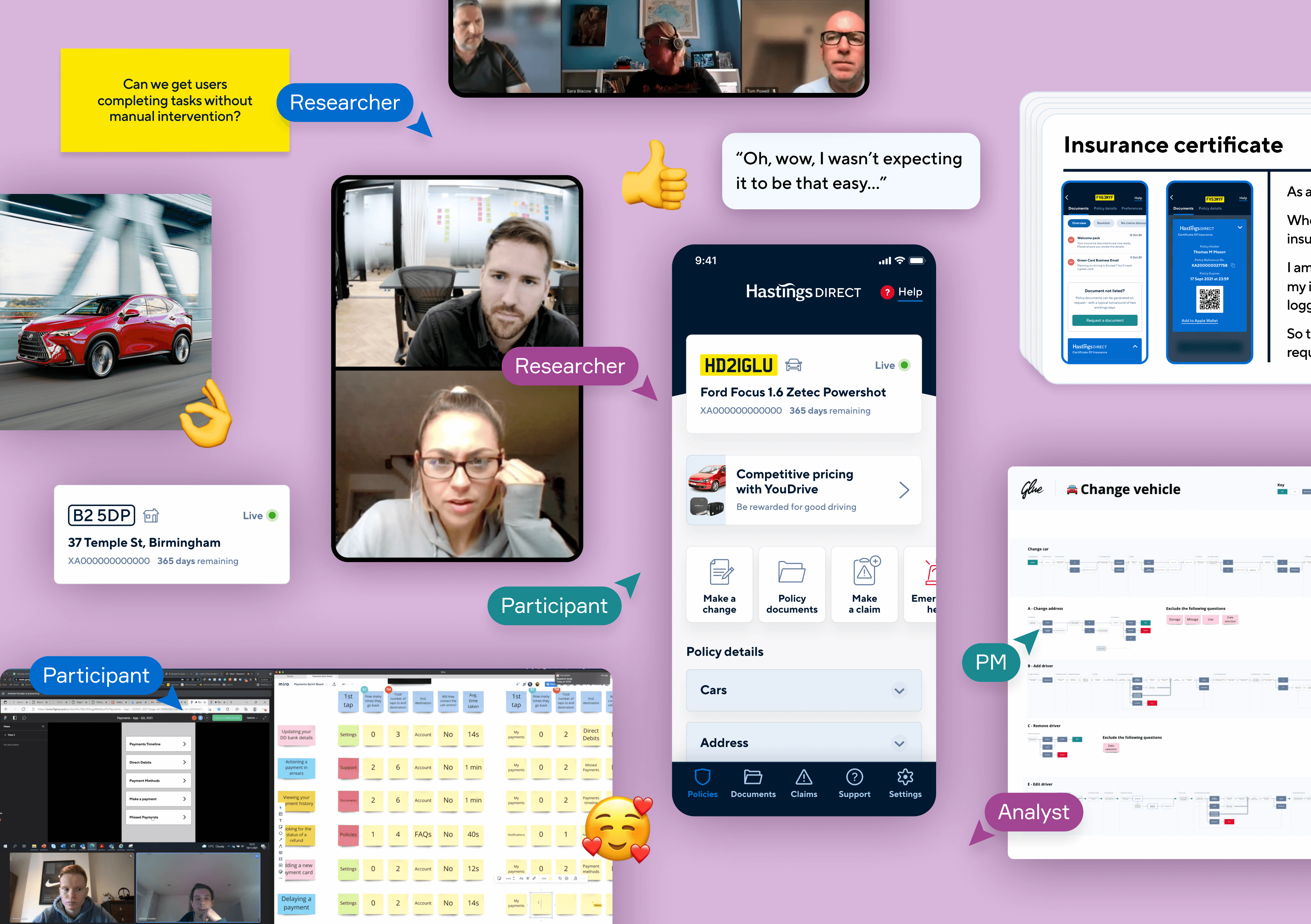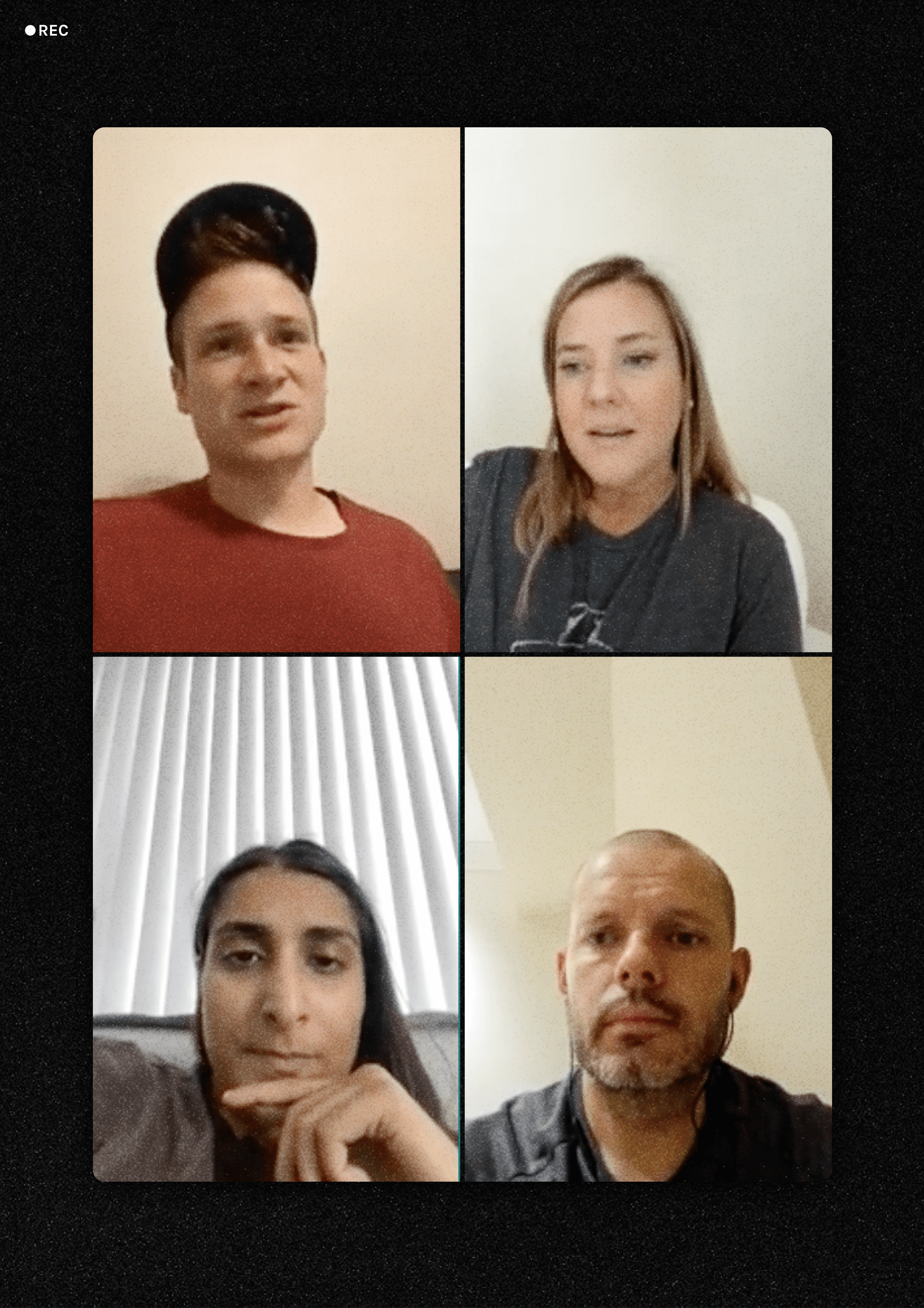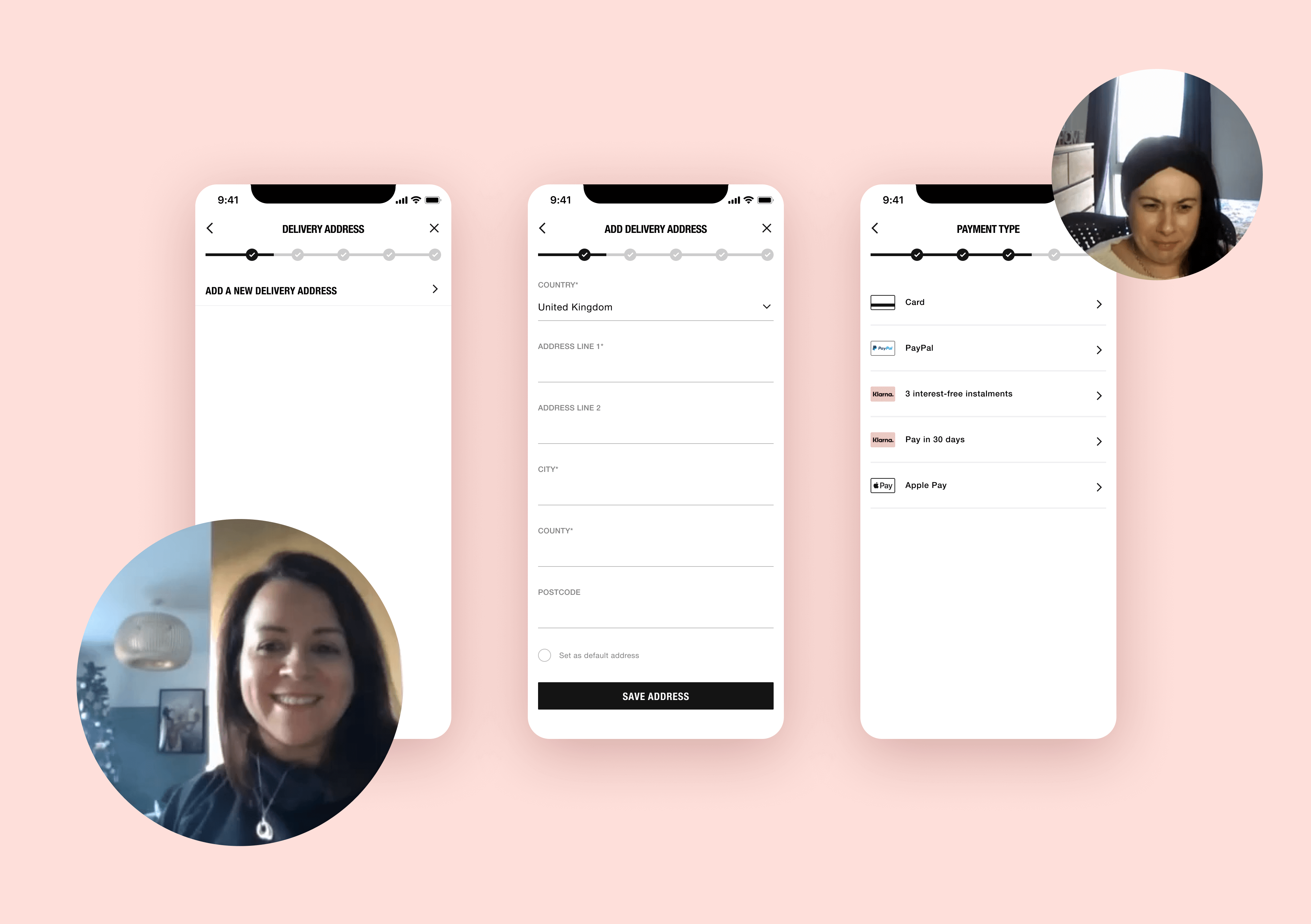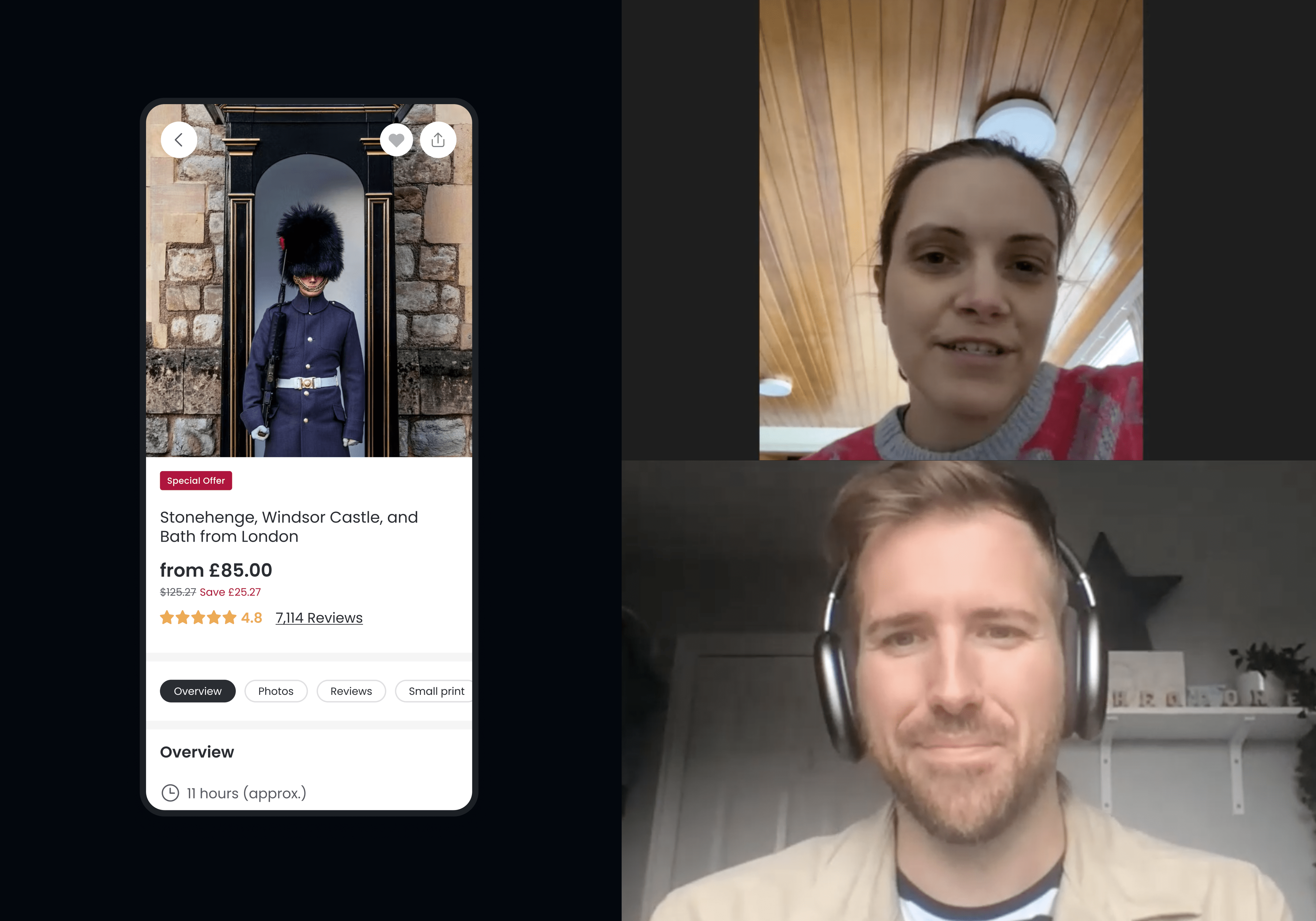- Home
- Frameworks
- Product Design
- Research Studies
- Solution Validation
Solution
Validation ✅
In one week, organisations can rigorously test and refine product concepts and ideas using our Solution Validation framework. Bridging the gap between theoretical designs and practical applications, we ensure the solutions stack up commercially, and perform in real-world scenarios.
By validating solutions, organisations can avoid costly missteps and focus on features that add real value to users' experiences. This framework is pivotal in transforming concepts into successful, market-ready products.
This framework is ideal when:
Framework key methods:
Framework deliverables:
Solution Validation ensures that your product not only meets but exceeds user expectations, reduces risk throughout all development cycles, and fortifies success upon launch.
Book a call to discuss your Solution Validation needs
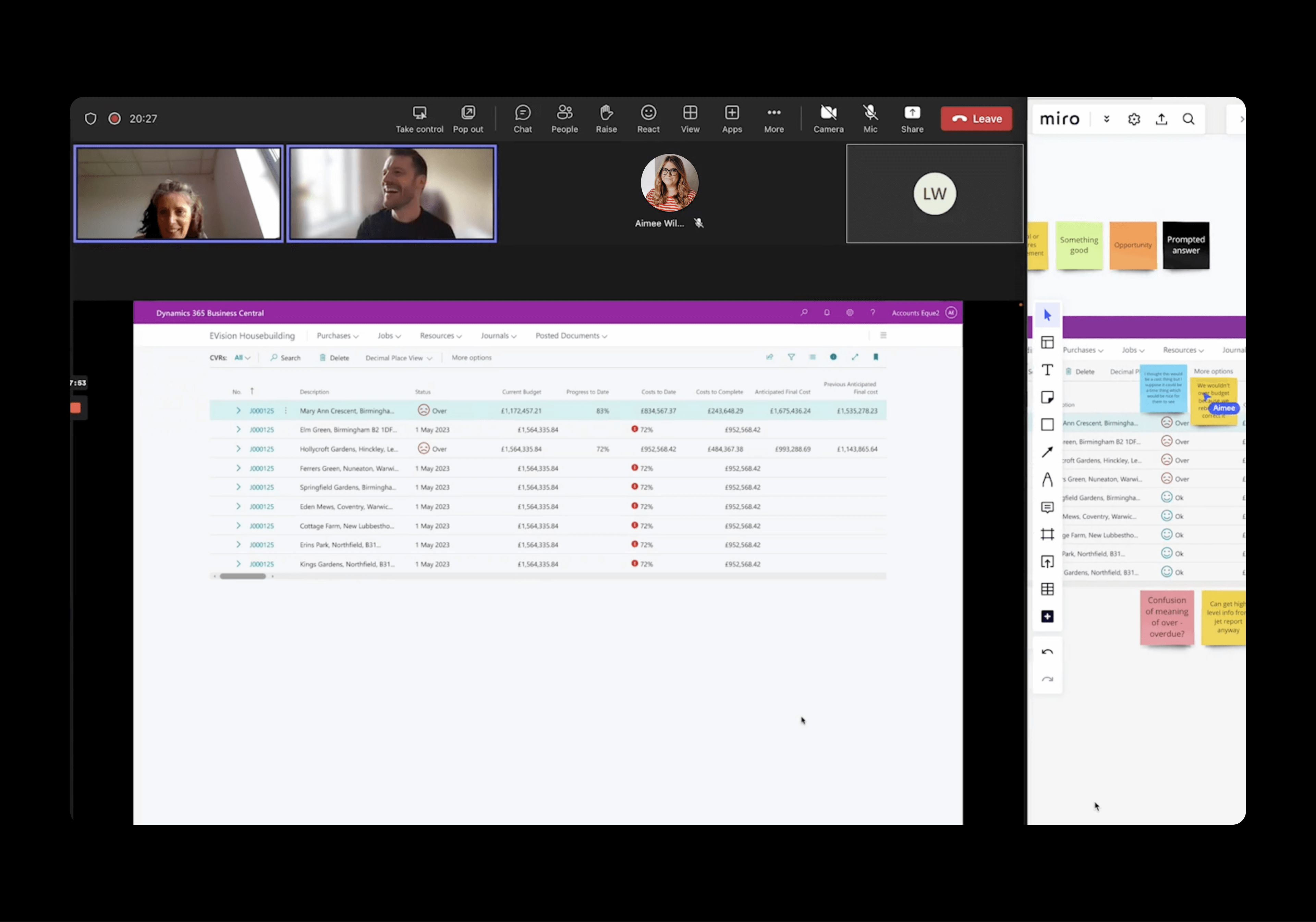
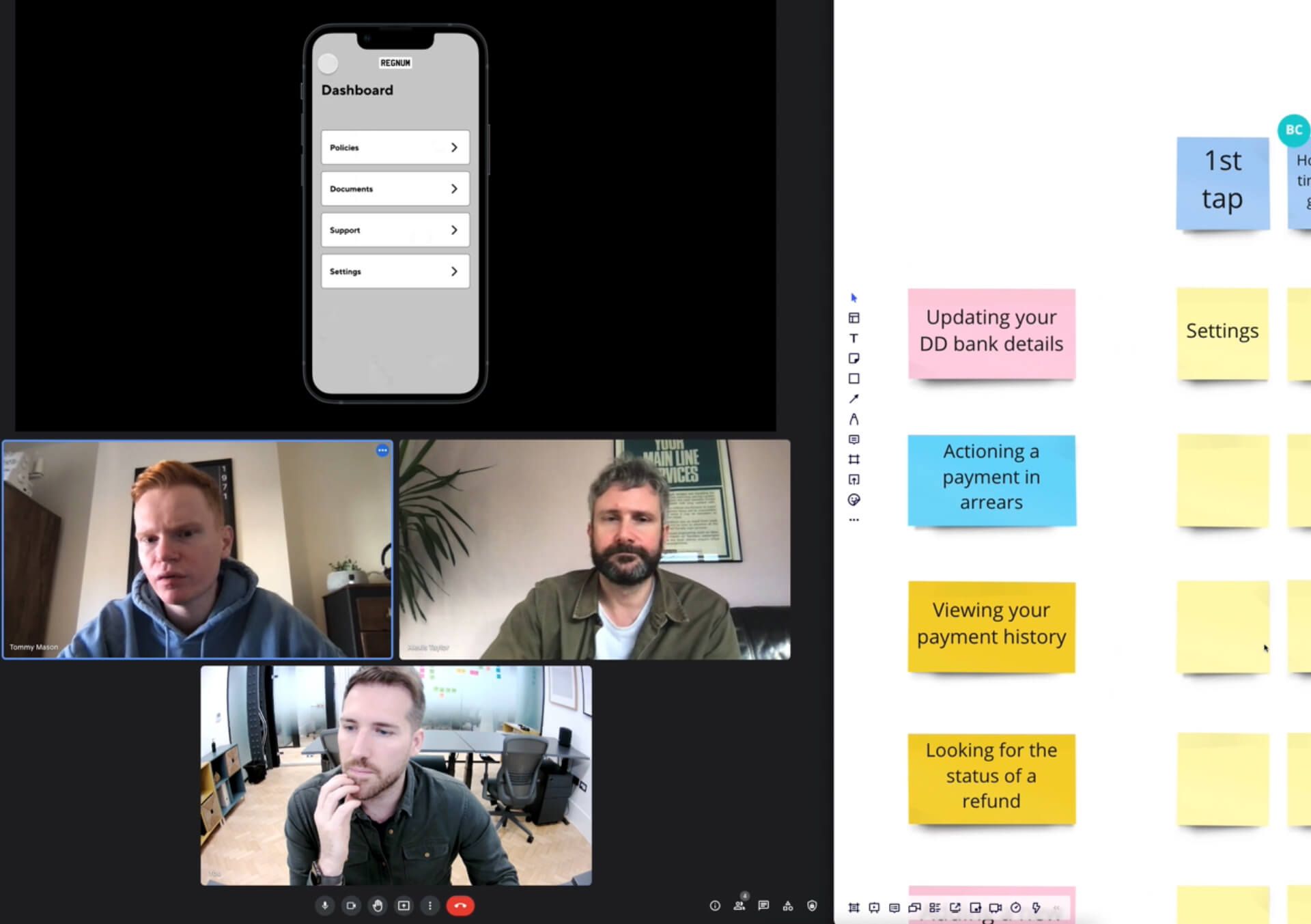
Successful examples of Solution Validation
- Growing worldwide market share by 27.3%
- Achieving user growth of 1.1m in 6-months
- 37 critical UX recommendations identified
- Growing worldwide market share by 27.3%
- Achieving user growth of 1.1m in 6-months
- 37 critical UX recommendations identified
- Growing worldwide market share by 27.3%
- Achieving user growth of 1.1m in 6-months
- 37 critical UX recommendations identified
- Growing worldwide market share by 27.3%
- Achieving user growth of 1.1m in 6-months
- 37 critical UX recommendations identified
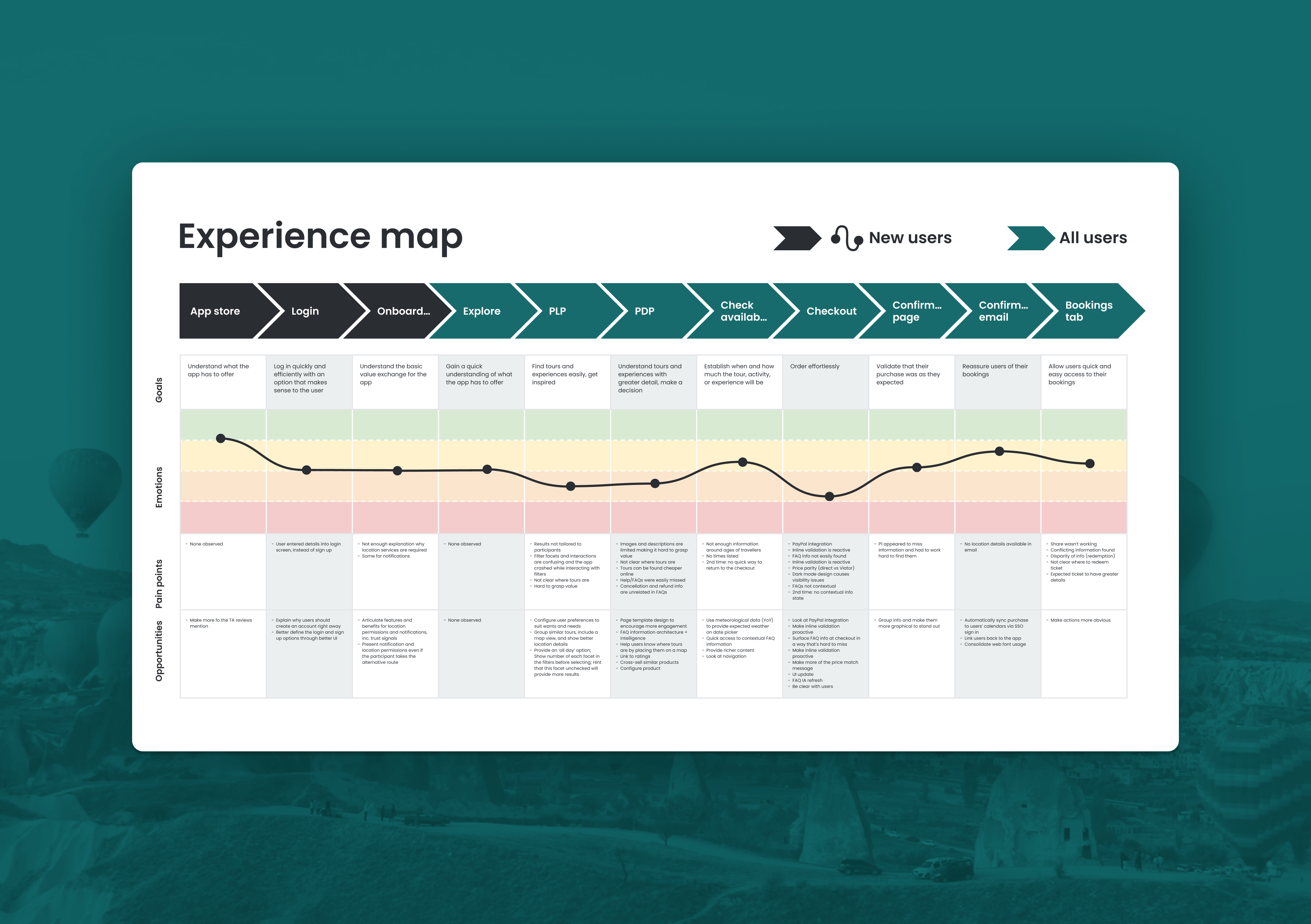
Viator
Research and validation for a leading travel app
- 57 opportunities identified
- Average 12 users participating every sprint
- 57 opportunities identified
- Average 12 users participating every sprint
- 57 opportunities identified
- Average 12 users participating every sprint
- 57 opportunities identified
- Average 12 users participating every sprint

Hastings Direct
Research that identifies critical user insights
- 4% channel revenue share for 9 consecutive months
- YoY growth performance
- 36% LFL, 37% LFL and 30% LFL growth
- 4% channel revenue share for 9 consecutive months
- YoY growth performance
- 36% LFL, 37% LFL and 30% LFL growth
- 4% channel revenue share for 9 consecutive months
- YoY growth performance
- 36% LFL, 37% LFL and 30% LFL growth
- 4% channel revenue share for 9 consecutive months
- YoY growth performance
- 36% LFL, 37% LFL and 30% LFL growth
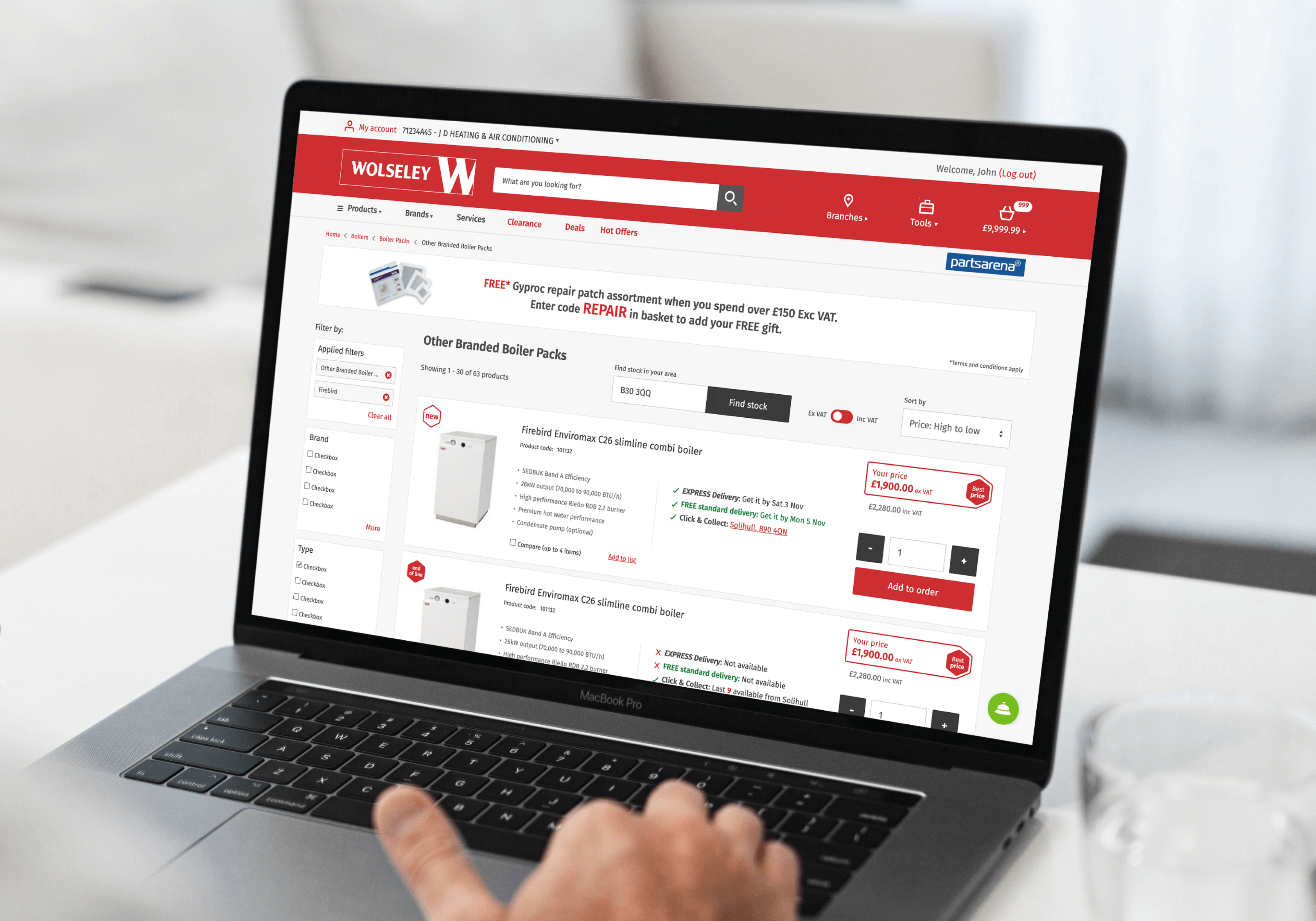
Wolseley UK
Progressive thinking for a digital future
- 12 core features tackled
- 186 pains points identified
- 52 user interviews conducted
- 12 core features tackled
- 186 pains points identified
- 52 user interviews conducted
- 12 core features tackled
- 186 pains points identified
- 52 user interviews conducted
- 12 core features tackled
- 186 pains points identified
- 52 user interviews conducted

Eque2
Elevating two core business management platform experiences
Other frameworks you may also like…
